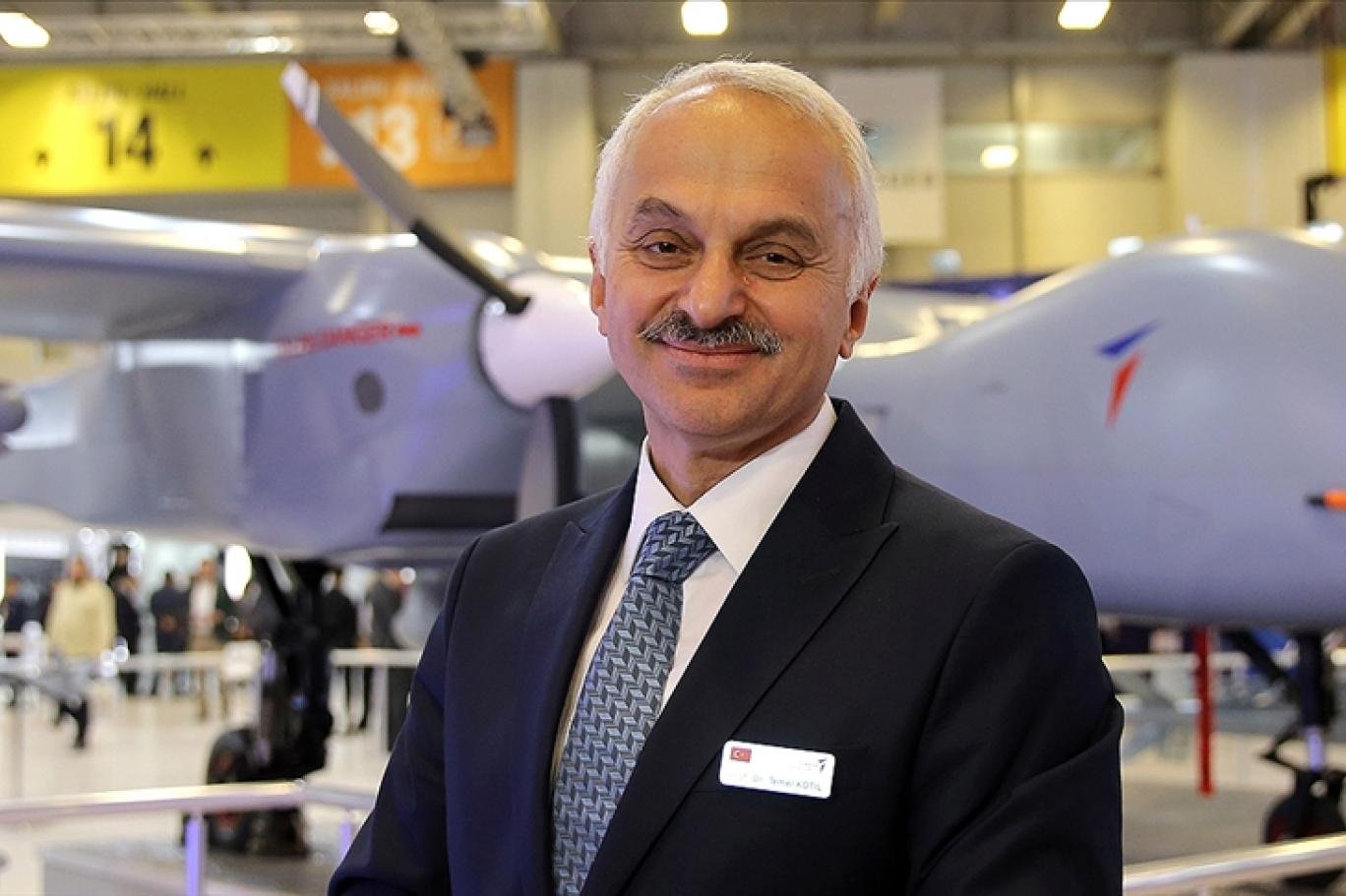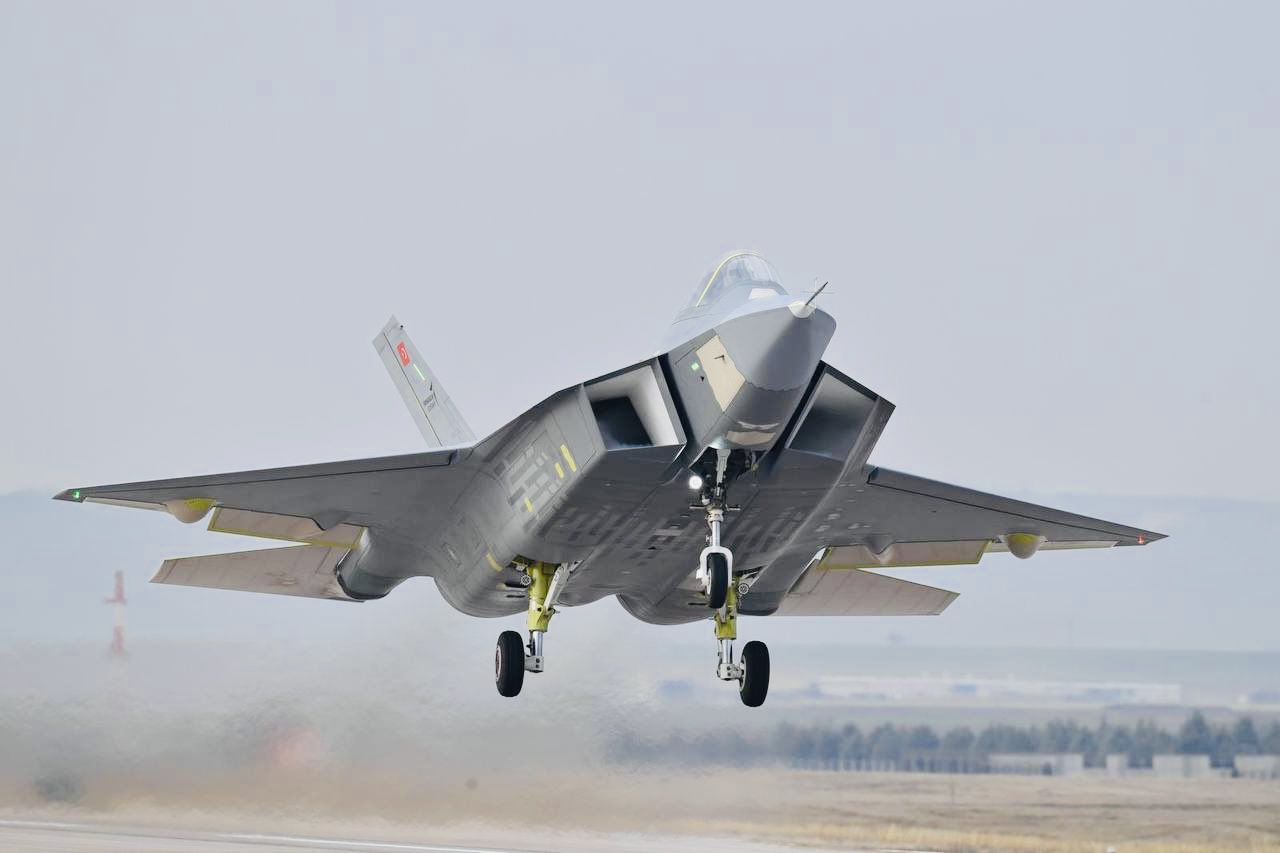(VIDEO) Turkey’s Air Force to Receive First Batch of 20 “KAAN” Fighter Jets in 2028
(VIDEO) The inaugural flight of "KAAN" captured global attention, as Turkey has successfully developed a fifth-generation fighter aircraft in a remarkably short time frame, in comparison to other countries such as the United States with the F-22 Raptor and F-35, Russia with the Su-57, and China with the J-20 "Mighty Dragon."
(DEFENCE SECURITY ASIA) — Four days ago, Turkey’s fifth-generation fighter aircraft, “KAAN,” embarked on its maiden flight, marking a historic milestone for the Mediterranean nation that initiated the project approximately eight years ago in 2016.
The inaugural flight of “KAAN” captured global attention, as Turkey has successfully developed a fifth-generation fighter aircraft in a remarkably short time frame, in comparison to other countries such as the United States with the F-22 Raptor and F-35, Russia with the Su-57, and China with the J-20 “Mighty Dragon.”
Defense observers have noted that “KAAN” represents the most successful aircraft development project to date.
Within four years following its maiden flight, specifically by 2028, the “KAAN” fifth-generation fighter jets will enter service with the Turkish Air Force, bolstering the country’s frontline aerial combat capabilities.
“We plan to supply the Turkish Air Force with 20 ‘KAAN’ fifth-generation fighter jets by 2028,” stated Temel Kotil, the Chief Executive Officer of Turkish Aerospace Industries (TAI), the driving force behind the “KAAN” fighter jet development program.
The “KAAN” fighter jets are set to replace the Turkish Air Force’s F-16 fighters, which are scheduled for retirement in the 2030s.
Designed to perform a variety of tasks and missions, from air-to-air combat with new generation weaponry, precision strikes, to utilizing Artificial Intelligence and neural network support, the “KAAN” fifth-generation fighter jet is a leap forward in military aviation.
Moreover, Kotil revealed that while the “KAAN” has only recently completed its maiden flight, efforts are already underway to evolve it into a sixth-generation fighter jet.
Quoted by local Turkish media, Kotil expressed confidence that “KAAN” can compete with any current market fighter jets.
TAI, the main contractor for the “KAAN” development project, is also responsible for developing the “Anka” drones set to be operated by Malaysia next year, the “HURJET” light combat aircraft, the “HURKUS” basic training aircraft, and various other aerospace products.
He emphasized that the “KAAN” project represents the most successful and fastest-developed fifth-generation fighter jet project internationally, outpacing the technological levels of the Eurofighter Typhoon, F-16, and Rafale.
During its maiden flight, the “KAAN” was airborne for 13 minutes, achieving a speed of 230 knots at an altitude of 8,000 feet, north of Ankara.
The flight was significant as it involved a 25-ton apparatus encompassing everything from computer systems to hydraulics and more.
Currently, almost all components of the “KAAN” prototype fighters are domestically produced, except for the engine and ejection seat.
However, the fighter jets entering service with the Turkish Air Force from 2028 will feature domestically produced engines by TUSAS Engine Industries (TEI), in collaboration with Ukrainian engine manufacturers.


Turkey has intensified its efforts to develop its own fifth-generation fighter aircraft following its removal from the F-35 program by the United States, after Ankara persisted in its decision to purchase the S-400 “Triumf” air defense system from Russia.
As a development partner in the F-35 program, Turkey had agreed to acquire 100 F-35 jets, but its participation was terminated following its decision to procure the S-400 system from Russia. — DSA
(READ MORE: “KAAN” THE PRIDE OF TURKISH AVIATION INDUSTRY)



Comments are closed.